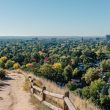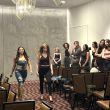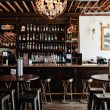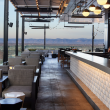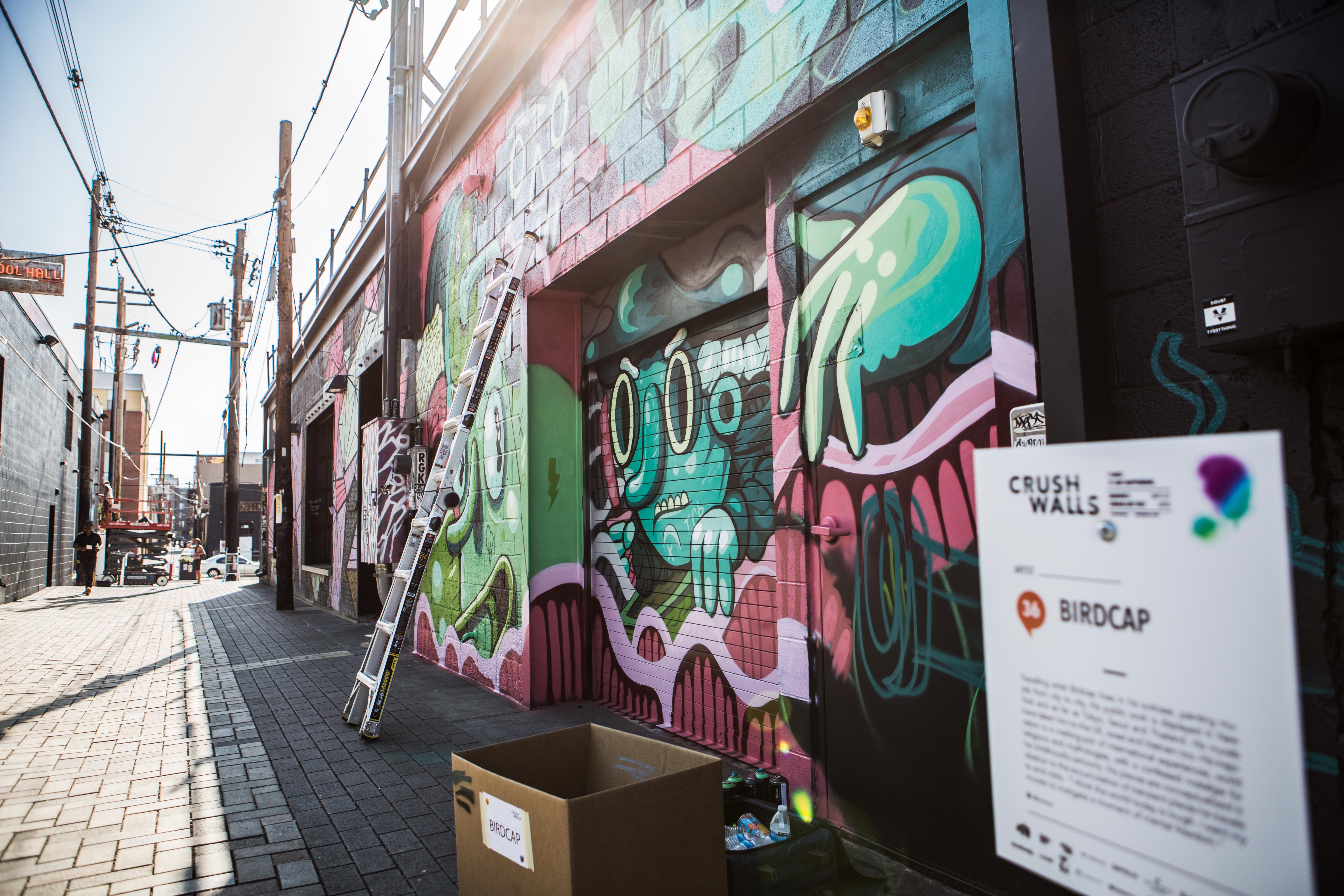CRUSH, as a festival, did a lot of growing up this year. Not only were the artists paid for the first time, but the overall experience for both participants and attendees felt more organized, planned and put together than in years past. Proof of their maturity was found in their new unified branding, with the brightly colored blotches of spray paint that litter their Facebook page and posters on telephone poles around RiNo hung in the weeks leading up to the festival. CRUSH no longer feels like an independent gathering of graffiti and street artists. And it’s not. There are positives and negatives to this kind of growth, but the negatives seem more like growing pains than dealbreakers.
We’ve broken it down into four sections — the artists, the experience, concerns and successes — in order to touch on more than just one of the aspects of CRUSH that will determine its future in Denver.
READ: [PHOTOS] What You Missed at CRUSH 2018
The Artists
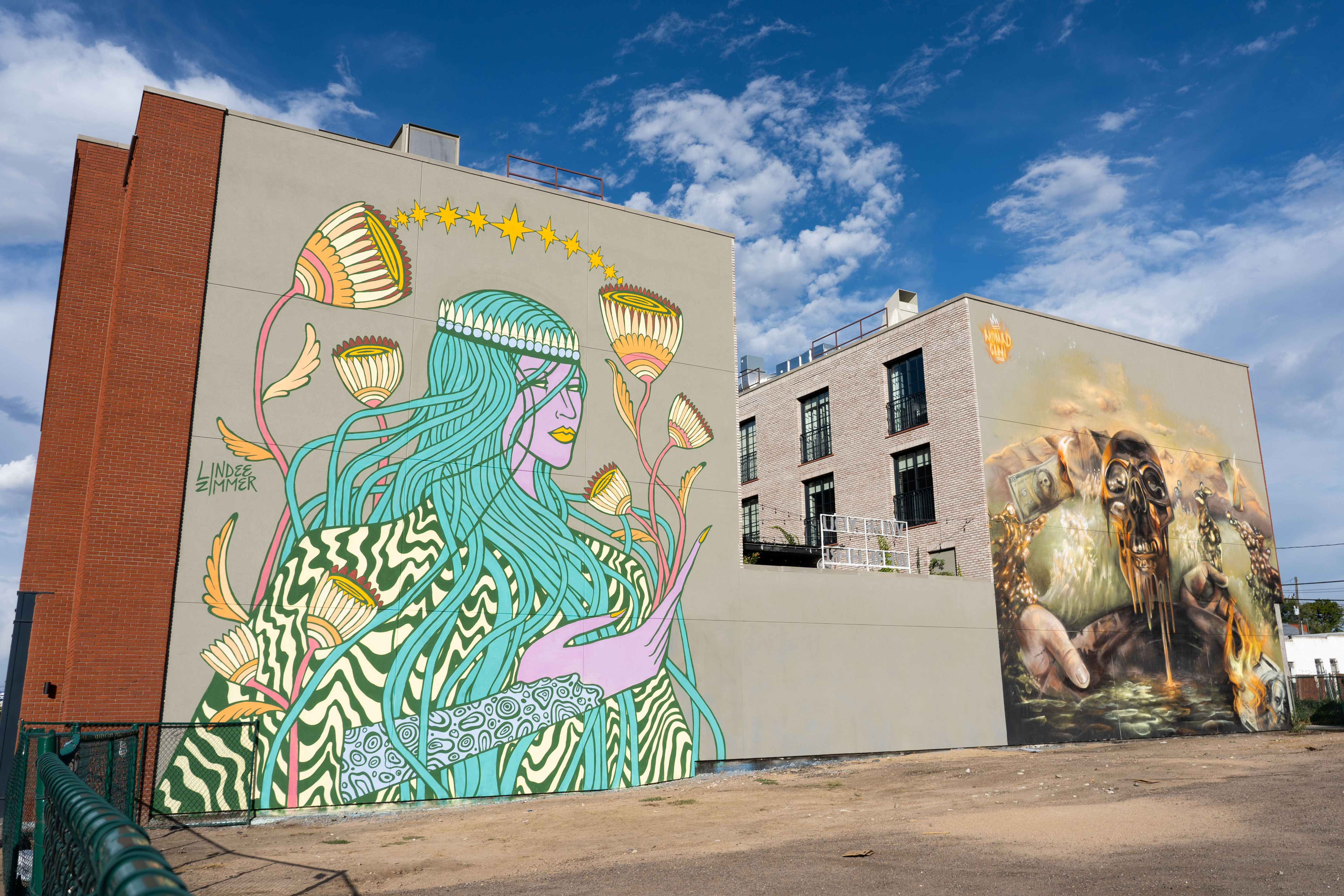
CRUSH started as a small collective of graffiti writers in 2010, slowly growing in numbers until 2013 when suddenly the participating artists doubled. That trend has continued each year since, growing from less than 20 to more than 70 artists. It was about the same time — in 2013 — when more street artists and muralists were added to the roster than graffiti writers. Though CRUSH started as a graffiti writers festival, most would agree that the addition of street artists and muralists was essential to the continuing success of the event. This year, street artists dominated the festival, earning the most coveted and ‘headlining’ walls in RiNo like Shepard Fairey on Denver Central Market. Some of the pioneers of graffiti in Denver have had mounting discouragement about this fact and doubled down on their grudges after Fairey and his team finished their addition to the festival. For those not heavily involved in the graffiti writing scene, the attraction of a big-name artist like Fairey may have been the only reason they attended the festival, though once they were in the thick of it, many other artists attracted their attention.
On a different note, for the nine years that CRUSH has happened, it’s been mostly a boy’s club. Granted, the worlds of street art and graffiti are dominated by men anyway, but the fact that the festival started in the last decade and not in the ’90s or even early 2000s raises some concerns about its diversity. Some might argue that the small number of women who participate in CRUSH is due to the overall proportions of the genders in the community at large, but this year particularly lacked an adequate number of local female artists. The triumphs of this year’s festival, in the case of gender equality, included Anna Charney returning to paint the half-wall in the Denver Central Market parking lot and the double-feature murals on the side of The Ramble Hotel by Fort Collins artist Lindee Zimmer and UK-based duo Nomad Clan. The failure was that most of the alleys ran heavy on testosterone, making it feel segregated and almost like the inclusion of women was thrown in front of the festival but was less noticeable the deeper you reached.
The Experience
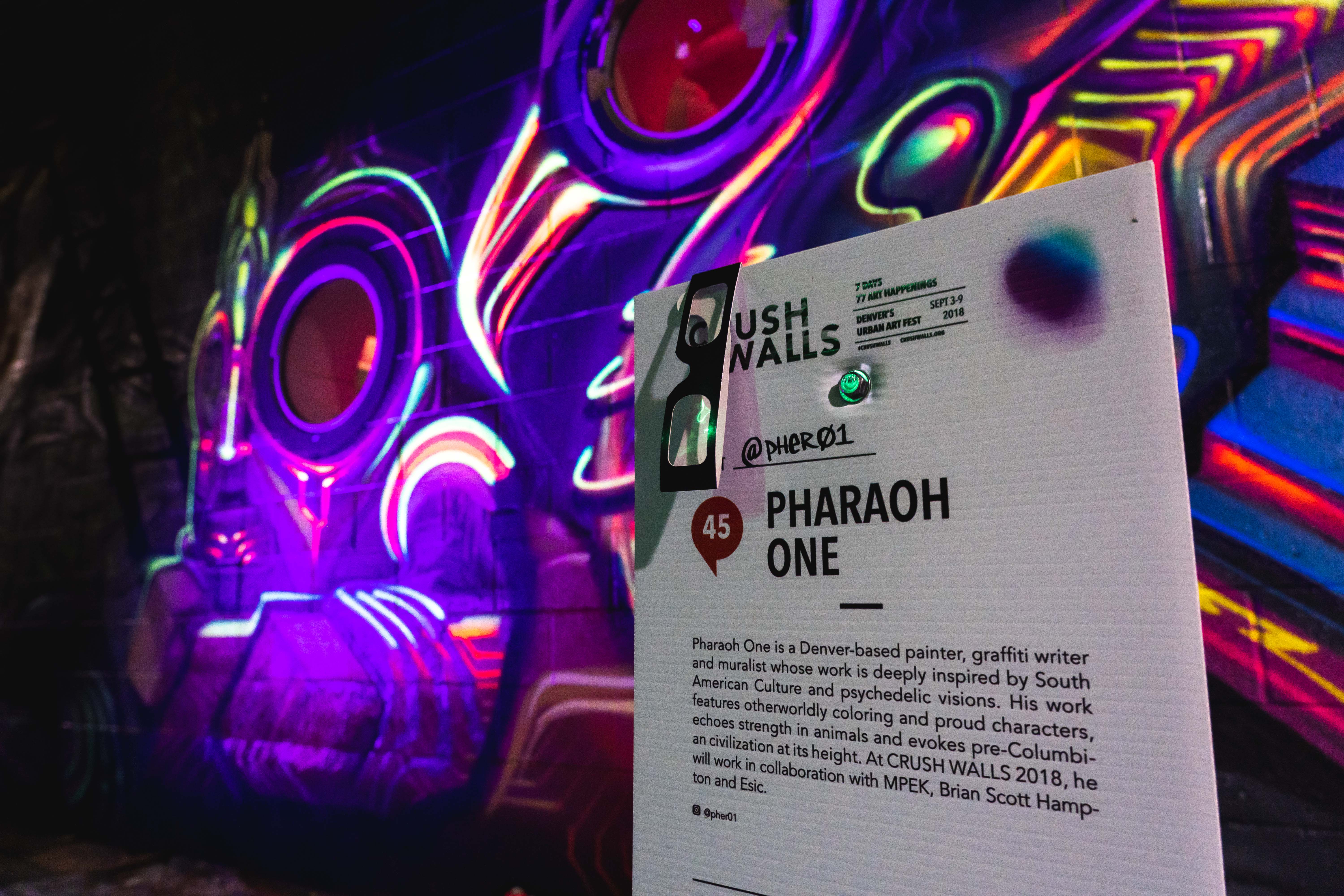
As an attendee of the festival this year, a few aspects had been improved dramatically by the event organizers in order to better connect the viewers to the artists. These came after the RiNo Art District and Project 16 (a group out of Canada) took over the organizing of CRUSH, less than six months before the start of the festival this year. The Canadian group helps run Station 16 — the street art gallery that recently opened its second location in The Source hotel — and also a mural festival in Montreal.
The first most notable improvement was the addition of name plaques with short descriptions of the artist in front of their wall. In previous years it could be nearly impossible to figure out who was painting a mural if you didn’t catch them painting in action. With the name plaques, not only did attendees have the chance to see (and tag on social media) the artist at any point during the week — even in the middle of the night or early morning when artists were not present — they also didn’t have to interrupt the artist for very basic information. Instead, questions posed to artists could be asked with a more informed opinion or idea — something that artists appreciate since they are usually “in the zone” while creating.
Aside from the name plaques, the organizers also created a marked map, handed out those maps in various locations, posted that map in large format at the main CRUSH parking lot and also included a guided route to follow. There were still plenty of times during the week that attendees were lost or unable to follow the map (that may be the fault of the attendees and not the map) but the sheer existence of a map with artist information is a marked improvement from previous years.
Experiencing CRUSH this year was also different because they framed the daily painting with an impressive number of events, or “activations” as they termed them. From workshops directed by some of the artists, where participants had a turn at chalking, spray painting, stenciling and wheatpasting, to satellite exhibitions at art galleries, every in-between hour was filled with something to do. In that way, CRUSH felt like a festival for the first time. But in other ways, it felt like the extra programming was a distraction from what CRUSH has always been about — witnessing the creation of street art and graffiti in real-time on permissible walls.
Concerns
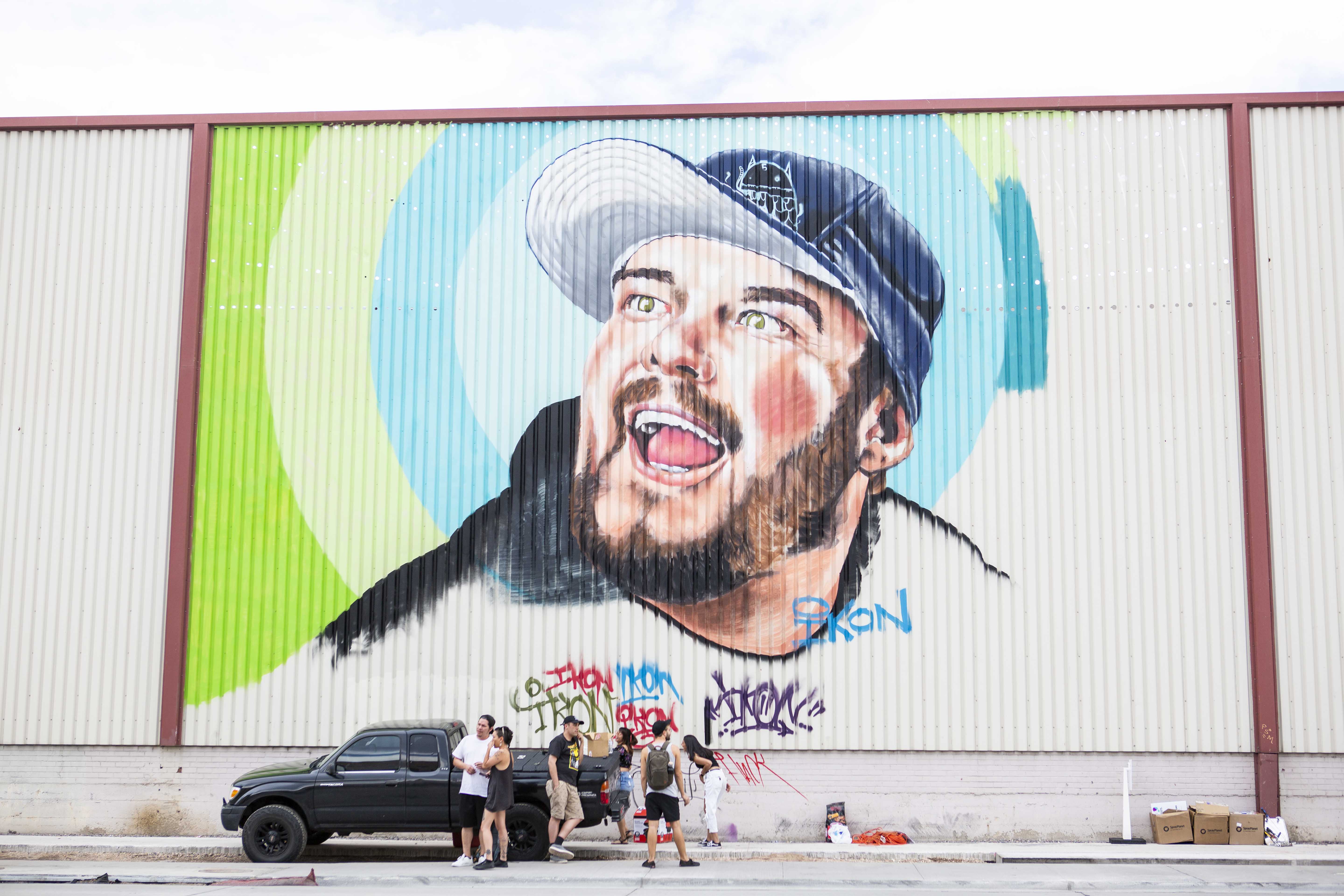
When it comes down to it, the most notable complaints about the changes surrounding CRUSH have to do with the changes happening in RiNo — mainly, gentrification. In general, gentrification is a topic that needs to be considered and discussed out in the open rather than behind closed doors, which makes CRUSH a perfect setting for such a discussion. Many of the artists who first started CRUSH have experienced first-hand the effects of displacement or unfair economic practices in that neighborhood. And they aren’t afraid to express their opinions about it.
During a panel at Ratio Beerworks — one of the extra pieces of programming — artists and activist came together to discuss gentrification and the role that art and artists play in the issue. The topic eventually led to CRUSH. Street artist Jolt explained his conflicted feelings about participating in the annual event. On one hand, he was glad that all the artists were getting paid. But on the other, he was frustrated that major funds and efforts were focused on internationally-recognized artists like Shepard Fairey while local artists like himself were getting underpaid. There was also the concern about how street art can sometimes be used as “wallpaper for gentrification” and that the organization needs to make sure that commercialization and development stay out of the promotion of CRUSH. In particular, there were frustrations that notorious RiNo developer Kenneth Wolf was quoted in the brochure for CRUSH, while locals artist were excluded.
The other concern revolves around the new organizing parties of CRUSH. Although they provided a better attendee experience, it felt at certain points like the festival would now be a tool for those organizations. The inclusion of Brighton Boulevard, for example, with The Source and Zeppelin Station — two places that have heavy ties to Project 16 and Station 16 out of Canada, made it feel like the Zeppelins were directing the festival to improve business for that part of RiNo and in turn, their own businesses.
Successes
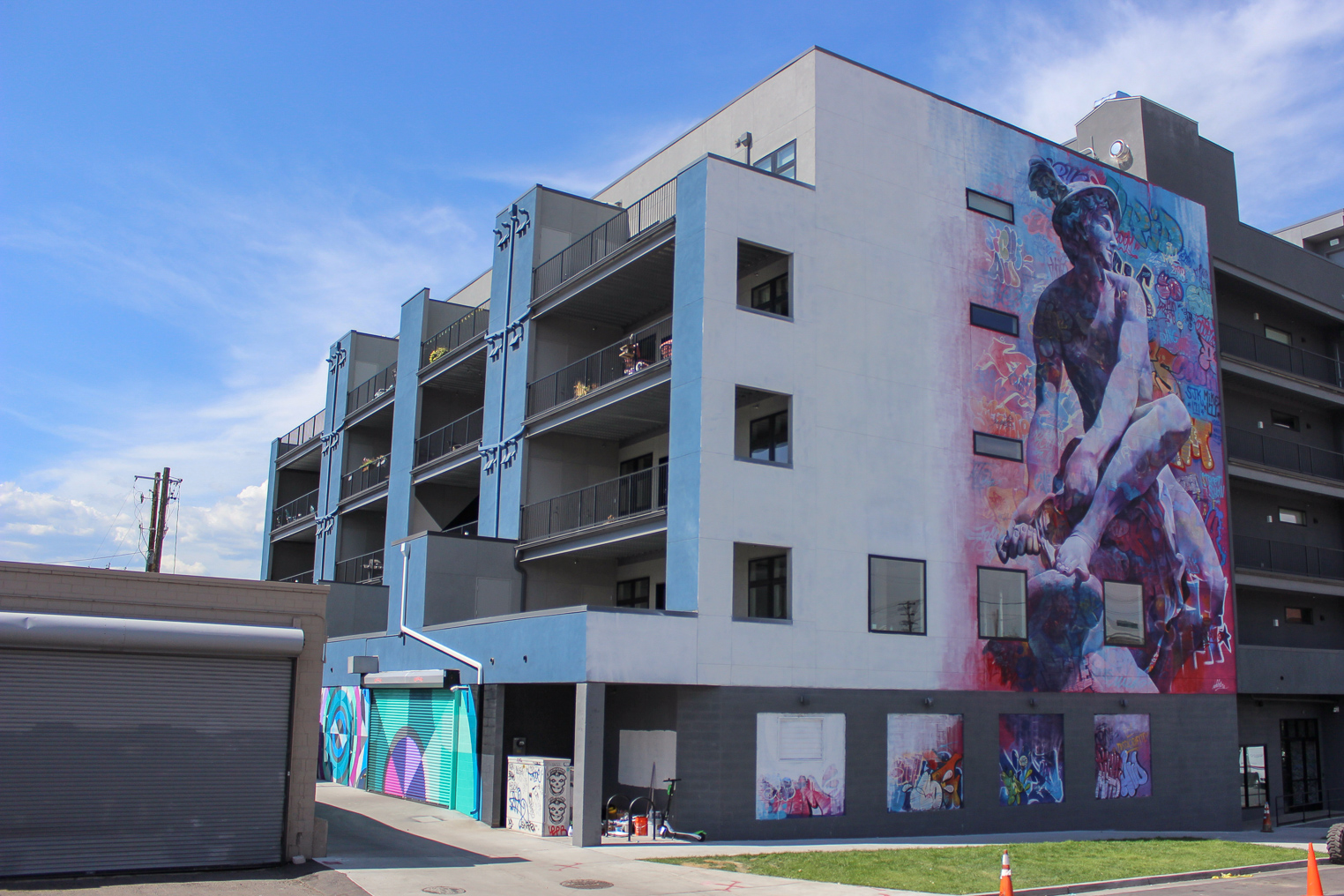
Almost all the walls have been completed — only a few artists still are working on their pieces — and so now that the spray paint has dried we can truly see the mark that CRUSH has made on RiNo this year. And it’s a big one. For starters, one of the major successes of this year’s festival is the increase in walls that were painted. With the change in organizing parties, businesses that had not been allowed to lend a wall previously were allowed to pay a sponsor fee and receive an artist. This also spread the footprint of CRUSH to a whopping 30 blocks of RiNo, including Brighton Boulevard.
And although some of the artists may have concerns about varying levels of payment among the artists, with some of the highest paid stipends going to the invited international artists, it’s hard to turn our noses up at payment to the artists when it never happened before. That “wallpaper of gentrification” seems a lot truer when the artists who are creating that wallpaper go uncompensated. So in this case, stipends to artists is an important start.
Even though businesses were allowed to sponsor the festival and provide walls for the artists this year, another success is that the businesses (except for one exception) did not intrude on the creation or conception of the murals. For a week, the artists were allowed to creatively express themselves on the walls, in the alleys and even on the ground without much intrusion from the business world — a welcomed reprieve from the world of commissioned art. Whether other parts of the festival felt corporate or not, the take-back of RiNo by the artist community felt natural and even invigorating.
Finally, the sheer skill expressed at CRUSH this year exceeded what we’ve seen in the past. From the mindblowing mural collaboration between CRUSH founder Robin Munro and Mexico-born artist MPEK to the life-like portrait by Patrick Kane McGregor and Mike Giant framed with a geometric background by Jason Garcia, the talent that CRUSH continues to attract to RiNo is truly world-class. One of the most exciting murals that came from this year’s festival was completed by Spanish duo Pichiavo on 32nd between Walnut and Blake Streets. This duo may have won artist’s choice for best mural, if there were judging categories in CRUSH. It will also put CRUSH on more on the map, simply because Pichiavo attracts attention wherever they go. But many of the local artists proved their worth this year as well, transforming alleys into a place that feels like its displaying high-class art — and yes, that includes some of the graffiti writing too.
Editor’s note: the author operates The Street Art Network which was a sponsor of Crush.
Additional writing and reporting by Brittany Werges.

